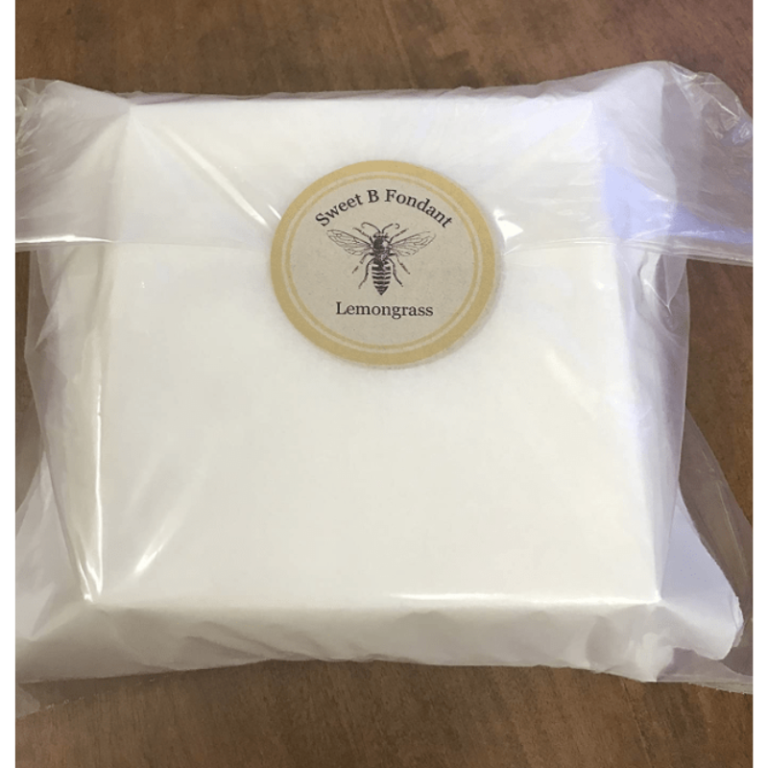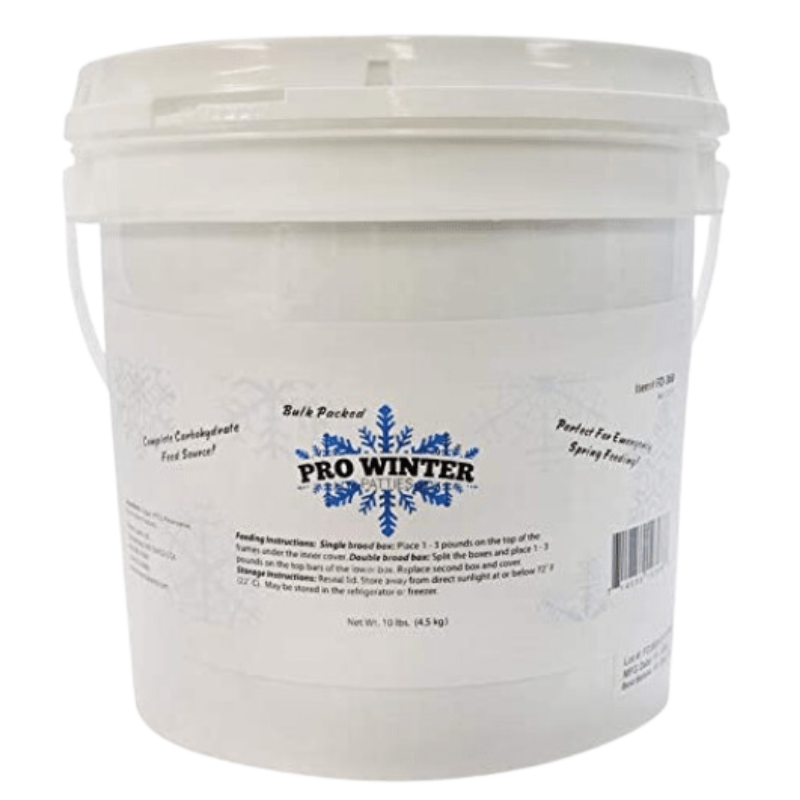Winter can be tough for bees. They can’t find much food and need extra help from us, the beekeepers. In this post, we’re going to talk about how to feed bees when it’s cold outside.
Feeding bees in winter is different from other times of the year, and it’s really important to do it right. We’ll look at why bees need special food in winter and how to give it to them.
This guide will help you keep your bees healthy and happy until spring comes back
Table of Contents
Winter Bee Feeding
During winter, honey bees will eat the honey stored in their hive earlier in the year. Typically, bees can make much more honey than they will need to eat during the winter. This is excess is what most beekeepers harvest.
There are many reasons you will want to feed a colony of bees during the winter, but a beekeeper shouldn’t feed the bees the same way during the winter as they do during warmer months. Feeding bees syrup during the winter can actually have a negative effect on the colony.
It’s best to consider winter feeding an emergency or insurance technique and not part of the yearly plan of keeping your bees healthy.
Read about What Bees Do In The Winter.
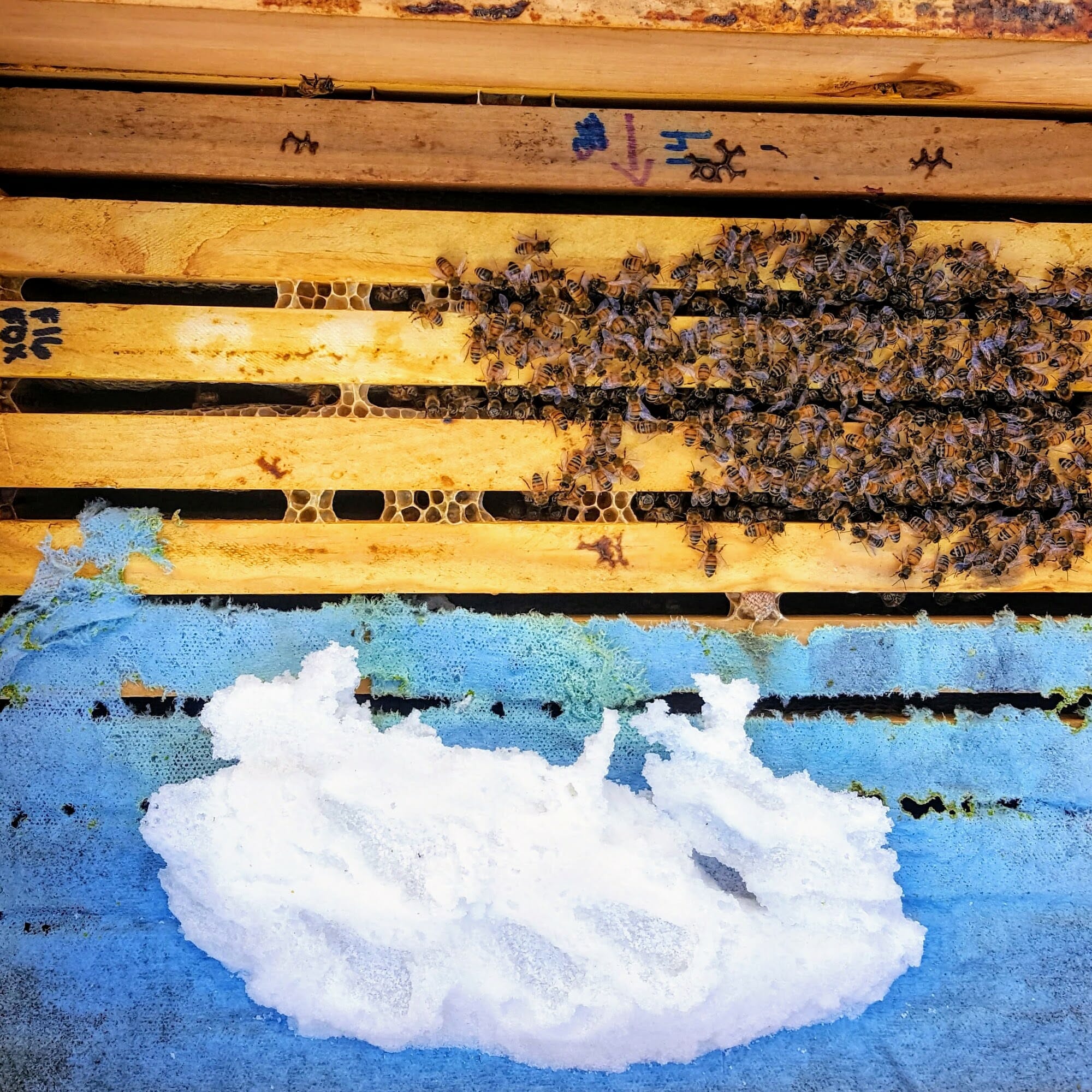

Live Bee Hive Scale and Sensor Data
Monitoring the weight, humidity, and temperature of a colony of bees is the modern way of checking on the colony and progress of a colony
1) Fluctuating Temperatures
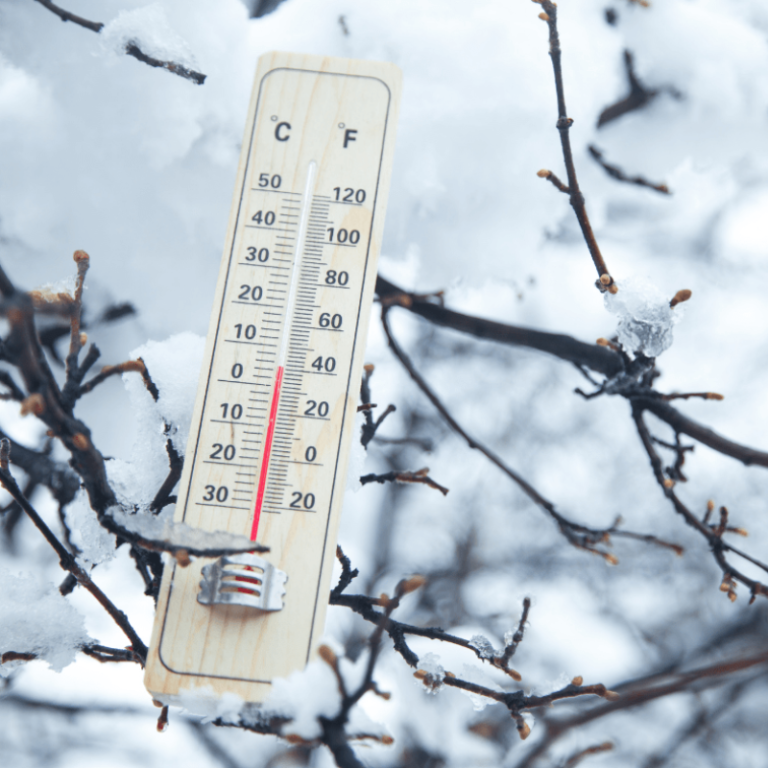
The daily and nightly temperatures will vary a lot, especially during early winter and early spring. Since most syrup is fed in containers, like a Boardman feeder, the changes in temperatures will actually pump the syrup in the container out.
Not very much, but it will drip a little syrup out of the jar. Possibly landing on the bees and getting them wet.
- Poor weather led to unfavorable foraging conditions during the local nectar flow.
- The beekeeper harvested too much honey from the bees.
- The colony was started too late in the year and didn’t get a chance to build up their honey reserves before winter.
- The colony swarmed too many times and didn’t have the workforce to make the most of the nectar flow.
- It’s also possible that a colony was weak all summer long from either a poor queen, pests or poor management and didn’t store any honey.
Either way, it is sometimes necessary to feed your bees during the winter. The rest of the year, while it’s warm, you can feed bees sugar syrup, but during the cold winter, feeding sugar syrup isn’t a good idea.
2) Makes Bees Too Active
When the bees drink the syrup, they will want to process it into “honey” because it the syrup has too much water in it. When doing this, the bees will work harder than they should and be burning more energy than is normal during the winter.
Thick sugar syrup is about 33% water, and they will want to get it down to 18% inside the hive. The extra stress of reducing the water amount in the sugar may hurt your bees more than help them.
In order to get the excess water out of the hive, the bees have to fan their wings, wasting precious energy.
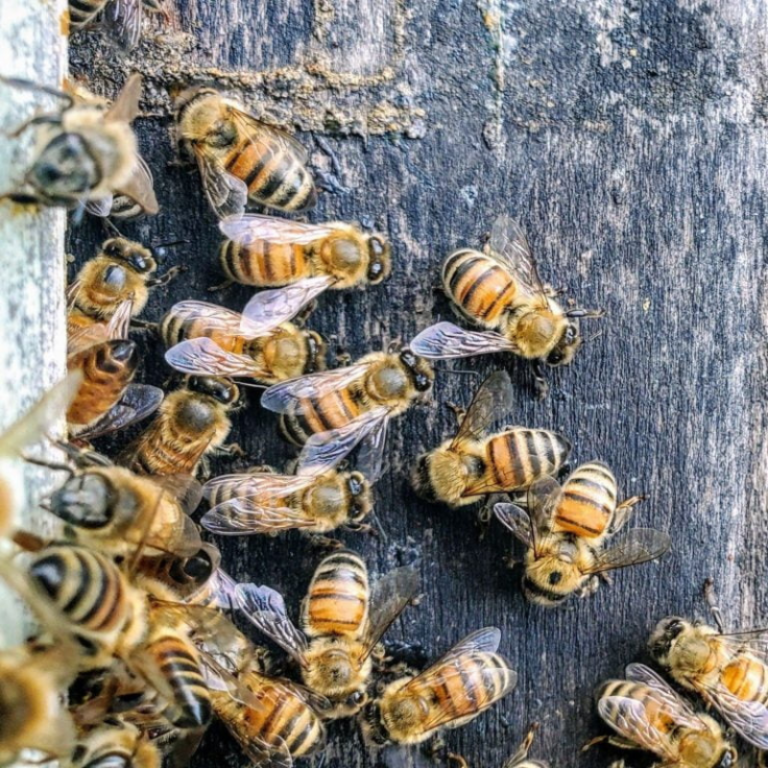
3) Too Cold To Get To

Winter is cold. I’m a Florida boy and it doesn’t take much me for to get cold. Bees are the same way and actually don’t fly when temperatures are below 50°F. There are always exceptions, but that is a good rule of them.
During winter, the bees gather in a tight ball to stay warm and can’t easily get to the food when they need it. Since most syrup feeders are outside the colony, the syrup will get colder than the air inside the hive. In some climates, the syrup can be too cold for the bees to get to or consume.
Notice in the image the bright red spot in each hive where the bees are. Below it at the bottom of the hive, are the feeders. The purple spots on the bottom of both hives are the cold area where the bees are not.
Read about What happens to Bees in Freezing Weather.
4) Syrup Can Mold
The life span of syrup is not very long, probably a couple of weeks at most. Even when adding a supplement like honey-b-healthy to the syrup, it will still develop mold. Once the syrup molds, the bees will probably not want to consume it.
With the cold weather, bees may be unable to get to and consume the syrup. Even if it means they will starve without it.
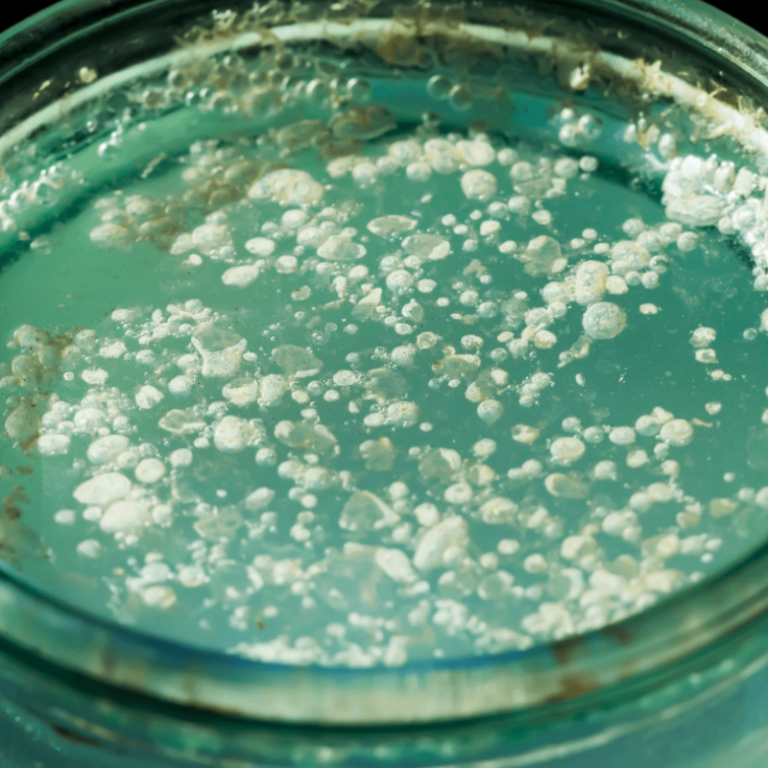
5) Takes Too Long To Warm Up

During the evening the syrup will chill quickly and the temperature of the syrup will match the temperature of the air.
When the day starts to warm up, the syrup will not warm up as quickly as the air. It will maintain stay chilled and possibly stay too cold for the bees to drink. Even if the day warms up enough for the bees, the syrup may not warm up enough for them to use it.
How To Feed Bees During The Winter
If you do need to feed bees during the winter or want to add a little extra food as insurance against starving, the best option is to you a type of hard candy or fondant.
There are some products on the market that include protein in them for winter feeding, but those would not be best. What you want is simply a sugar without any water in it and possibly a supplement added to it to make it more appealing to your bees.
When the sugar is hard, the bees can process it much easier, it will not get moldy, it is always available to the bees when they can get to it and it is easier to handle.
Beekeepers can use simple, white sugar crystals or commercially prepared candy for the bees. Both options will likely require some type of small spacer to be added to the top of the hive to make room for it. A 2-inch spacer would be ideal.
If using white sugar, the “Mountain Camp Method” is the term for how to use it. You would basically place a strong paper towel like this over the top bars in a hive and pour white sugar on top of it.
The strong paper towel keeps the sugar from falling through the frames and the bees can walk up to the sugar to eat it.
Another alternative that works very well is a sugar brick or a thick fondant infused with honey-b-healthy. These are very easy to apply to the top of the colony and won’t fall through the frames.
The addition of the honey-b-healthy encourages the bees to eat it quickly hand helps the bees find it faster.
